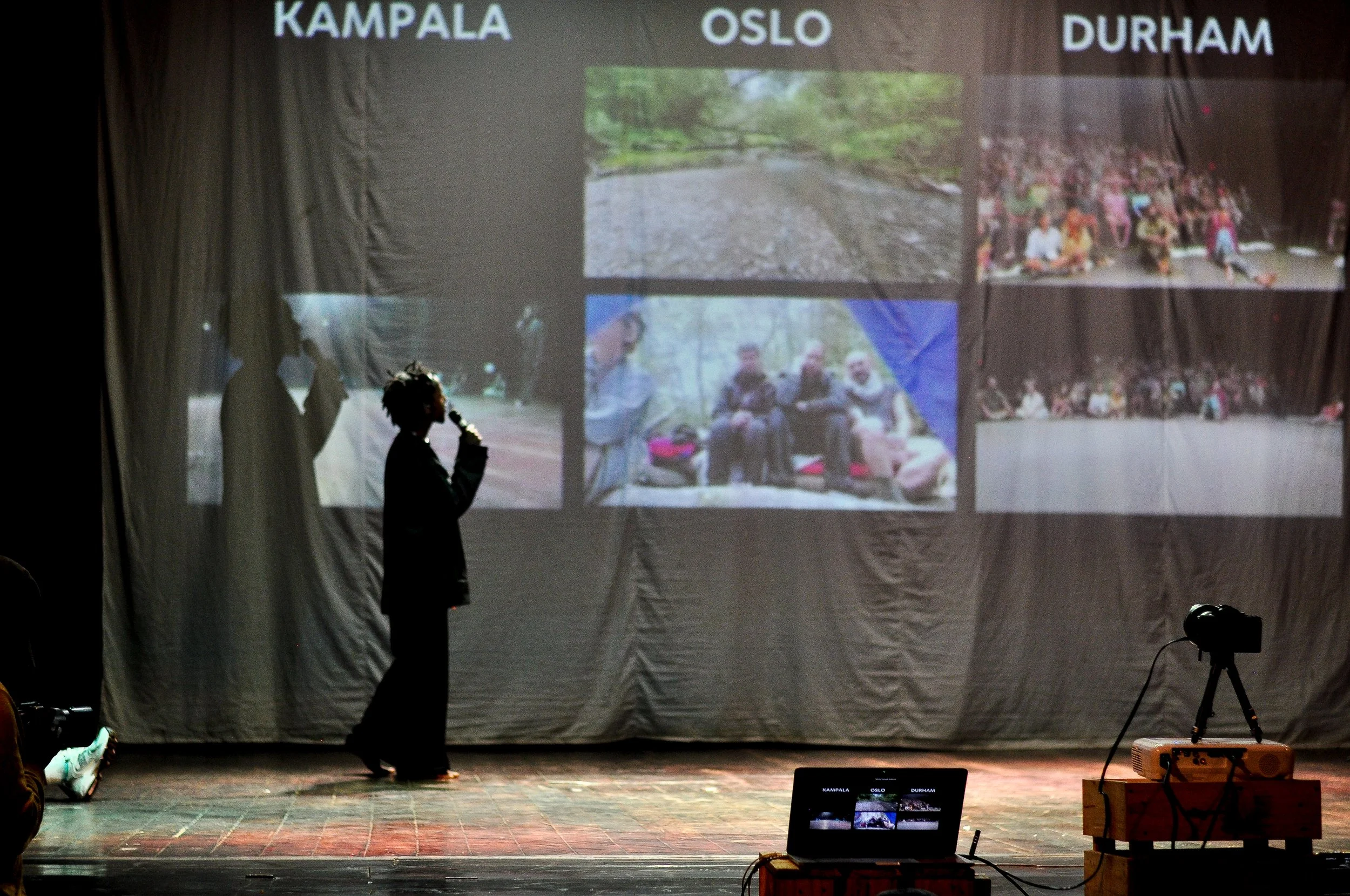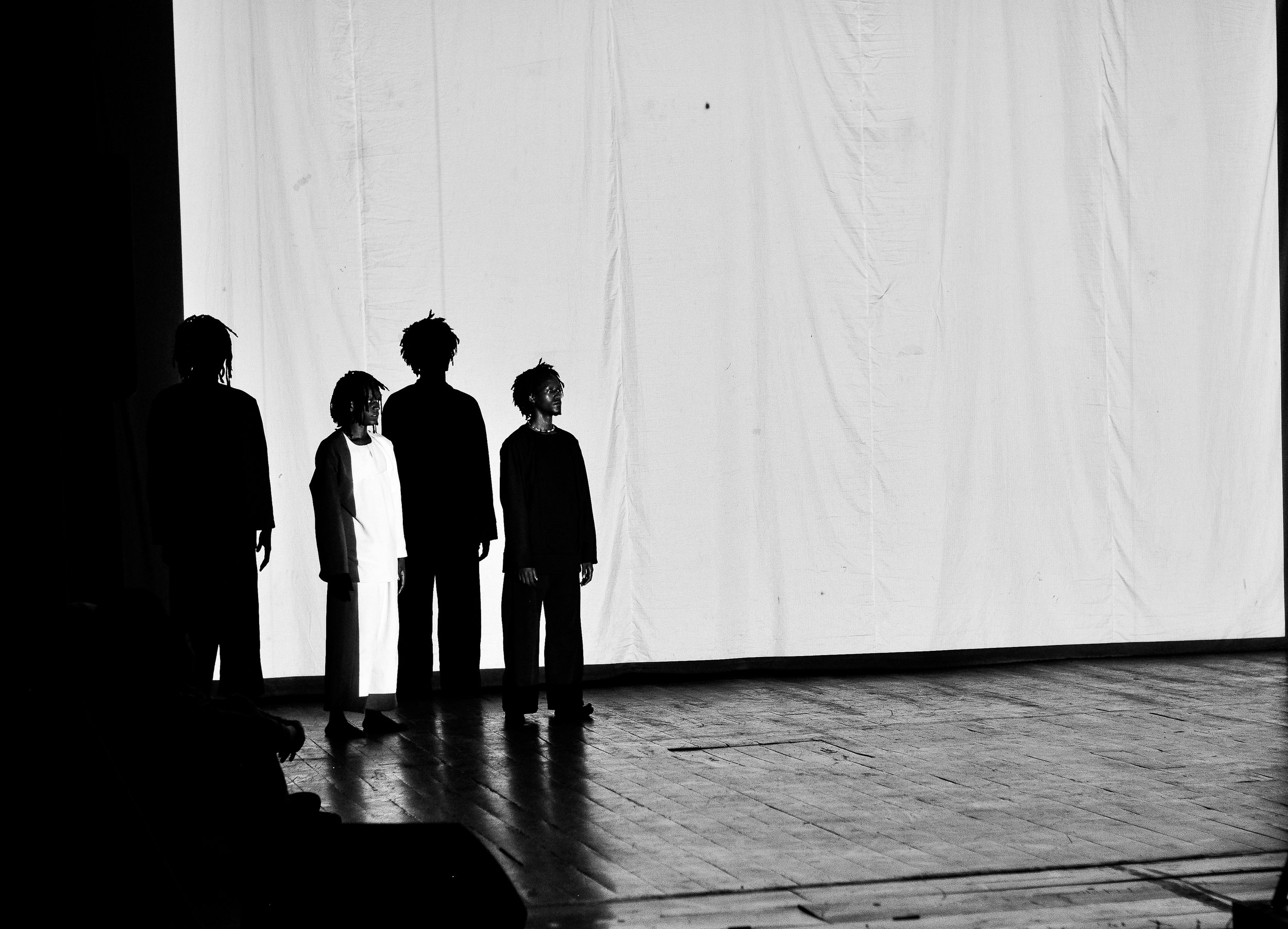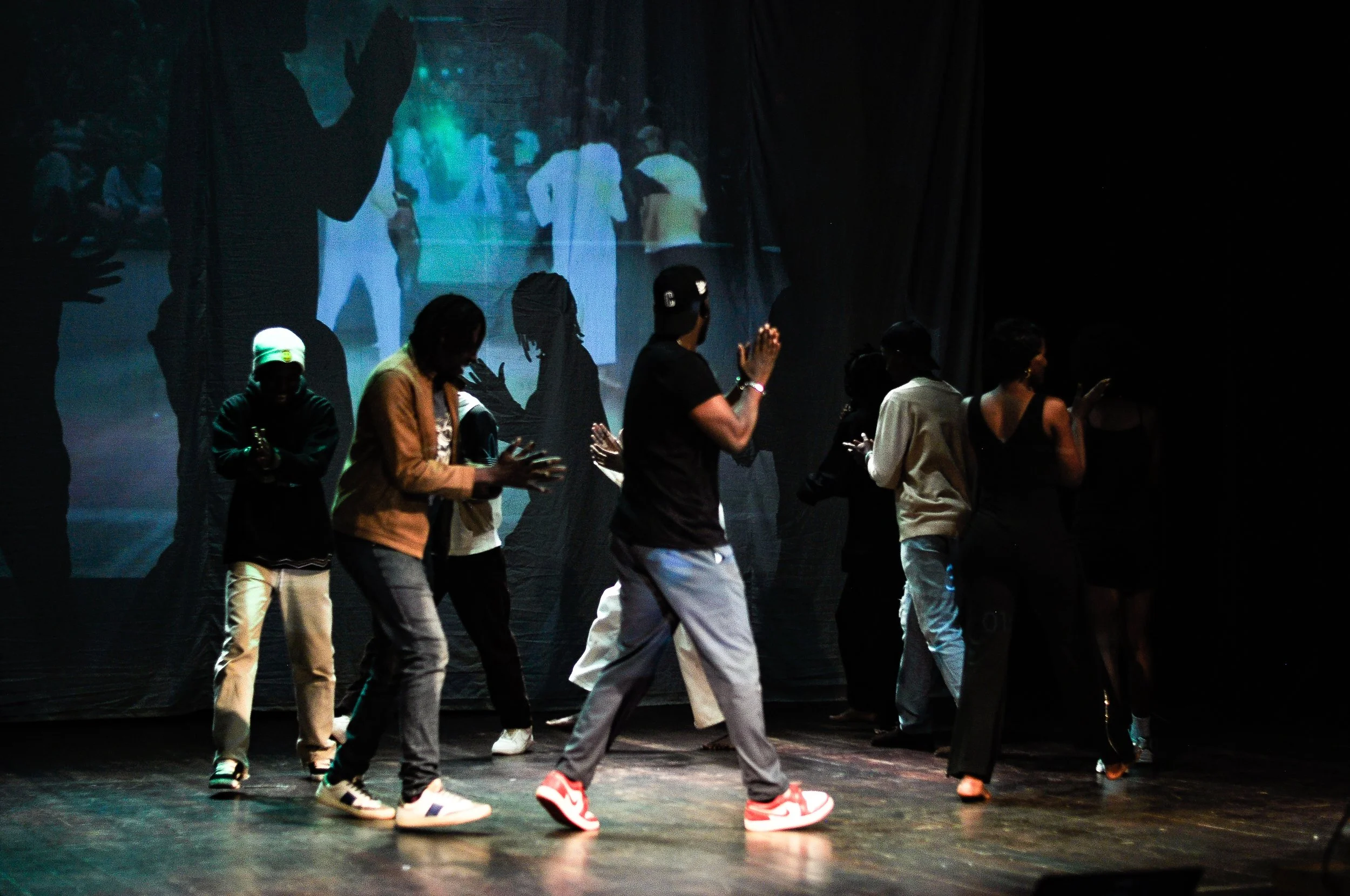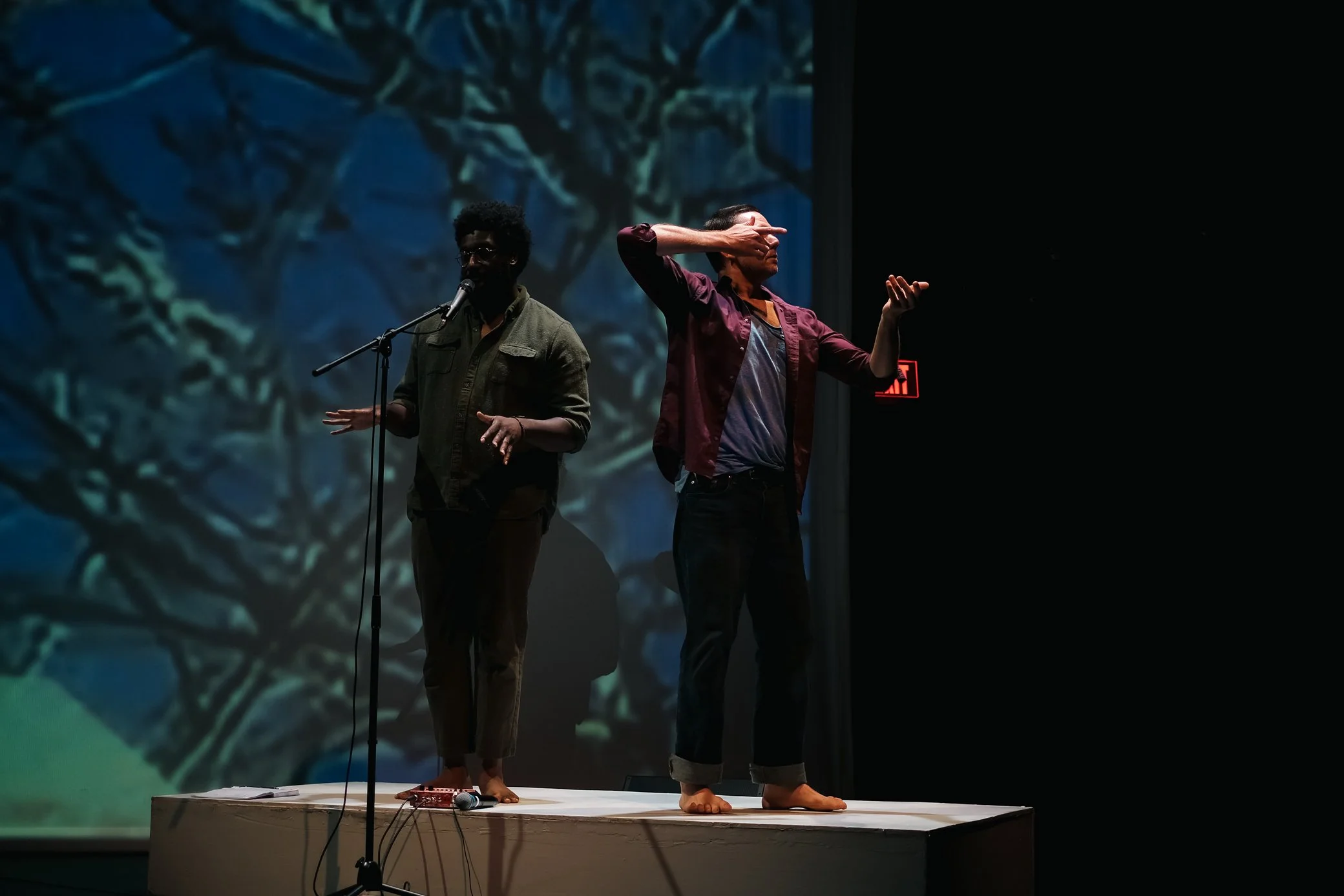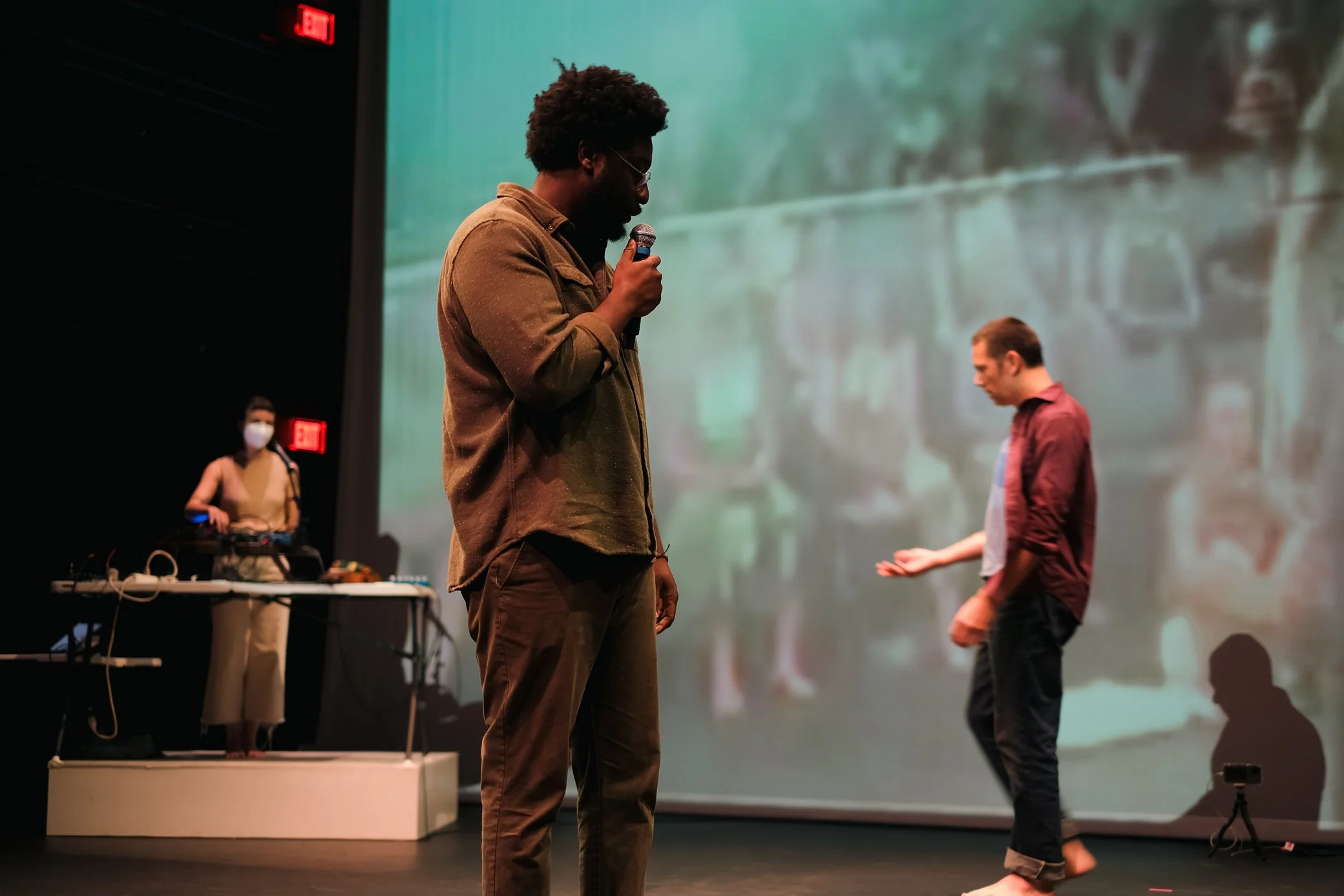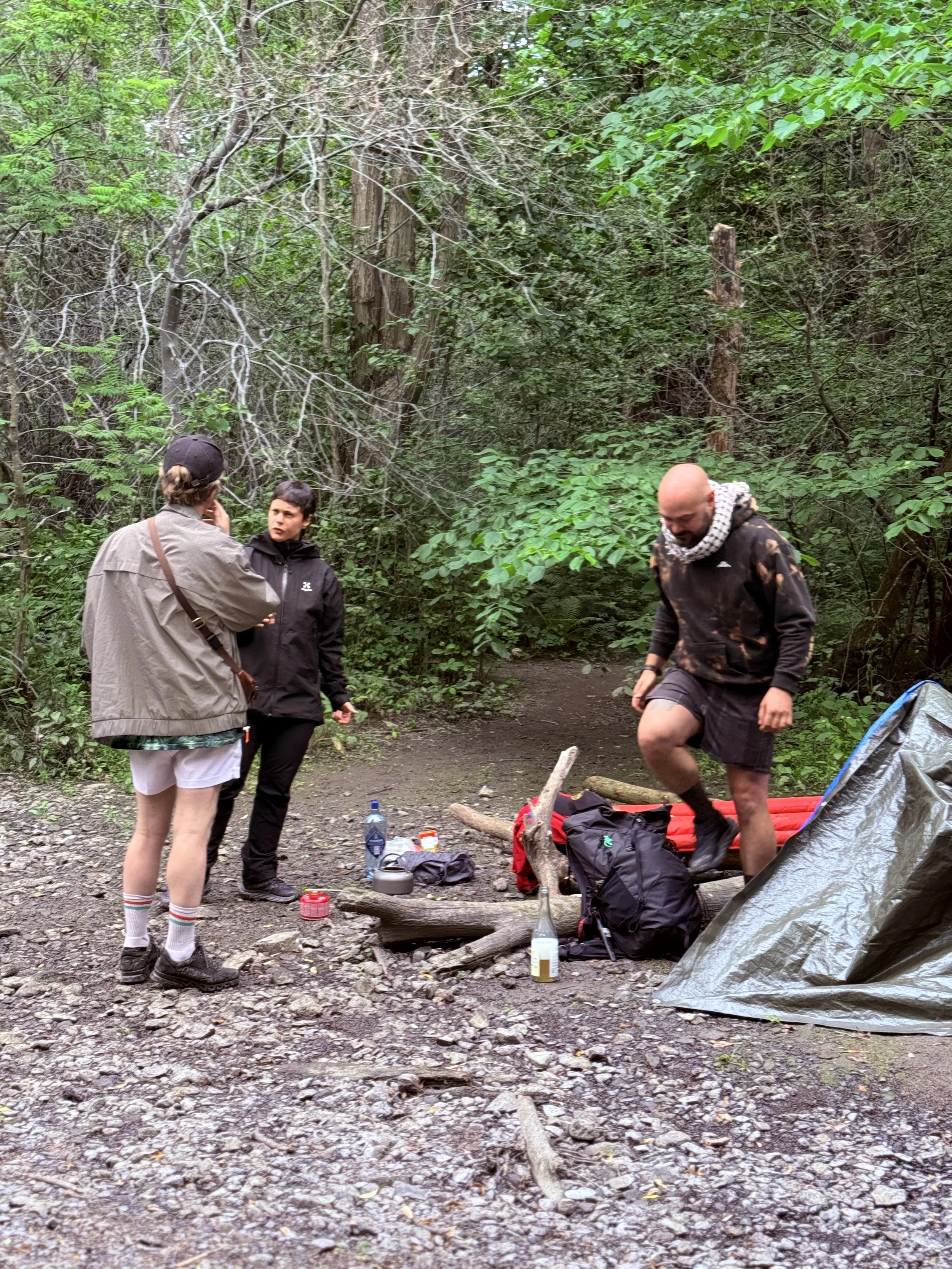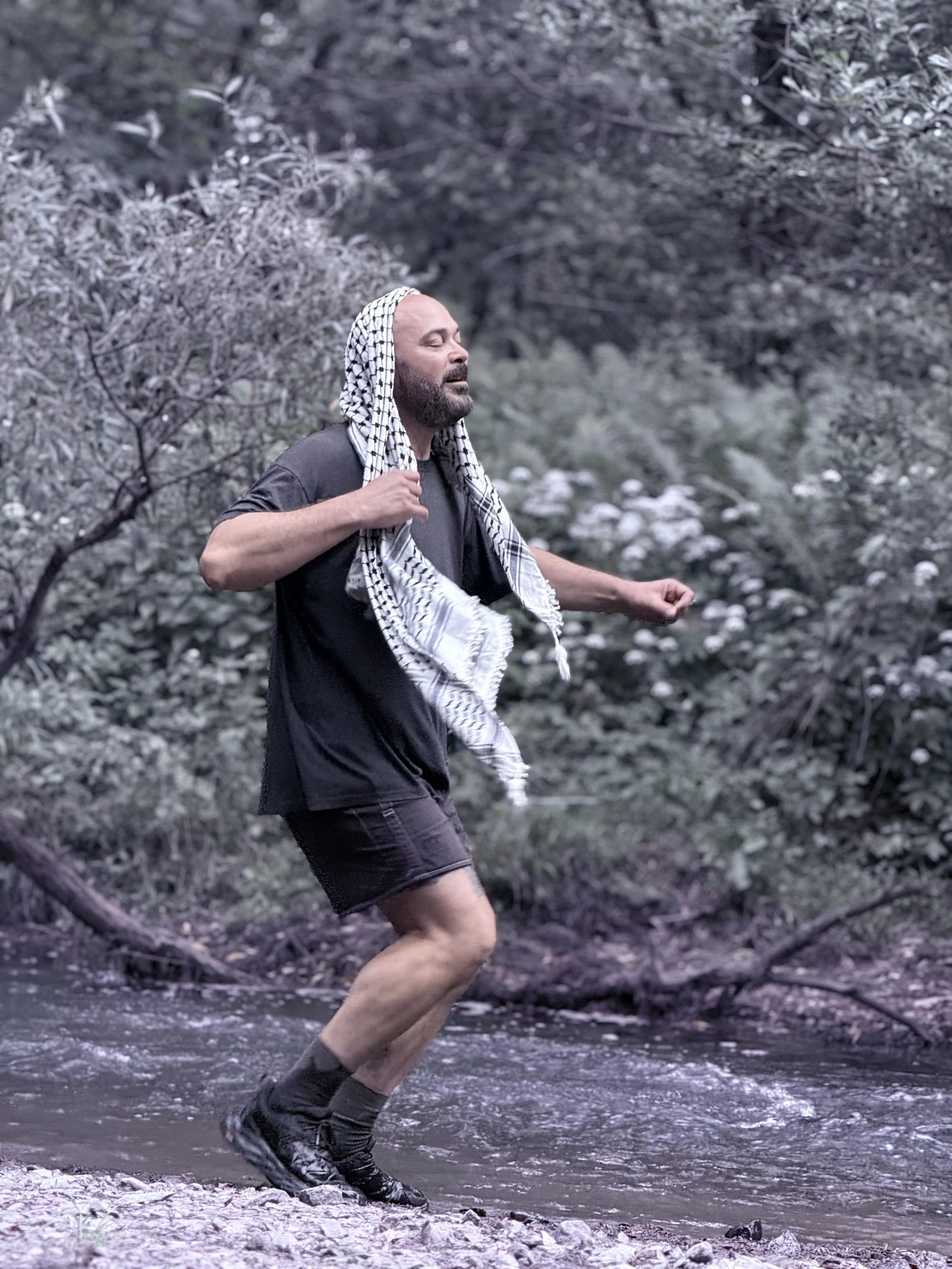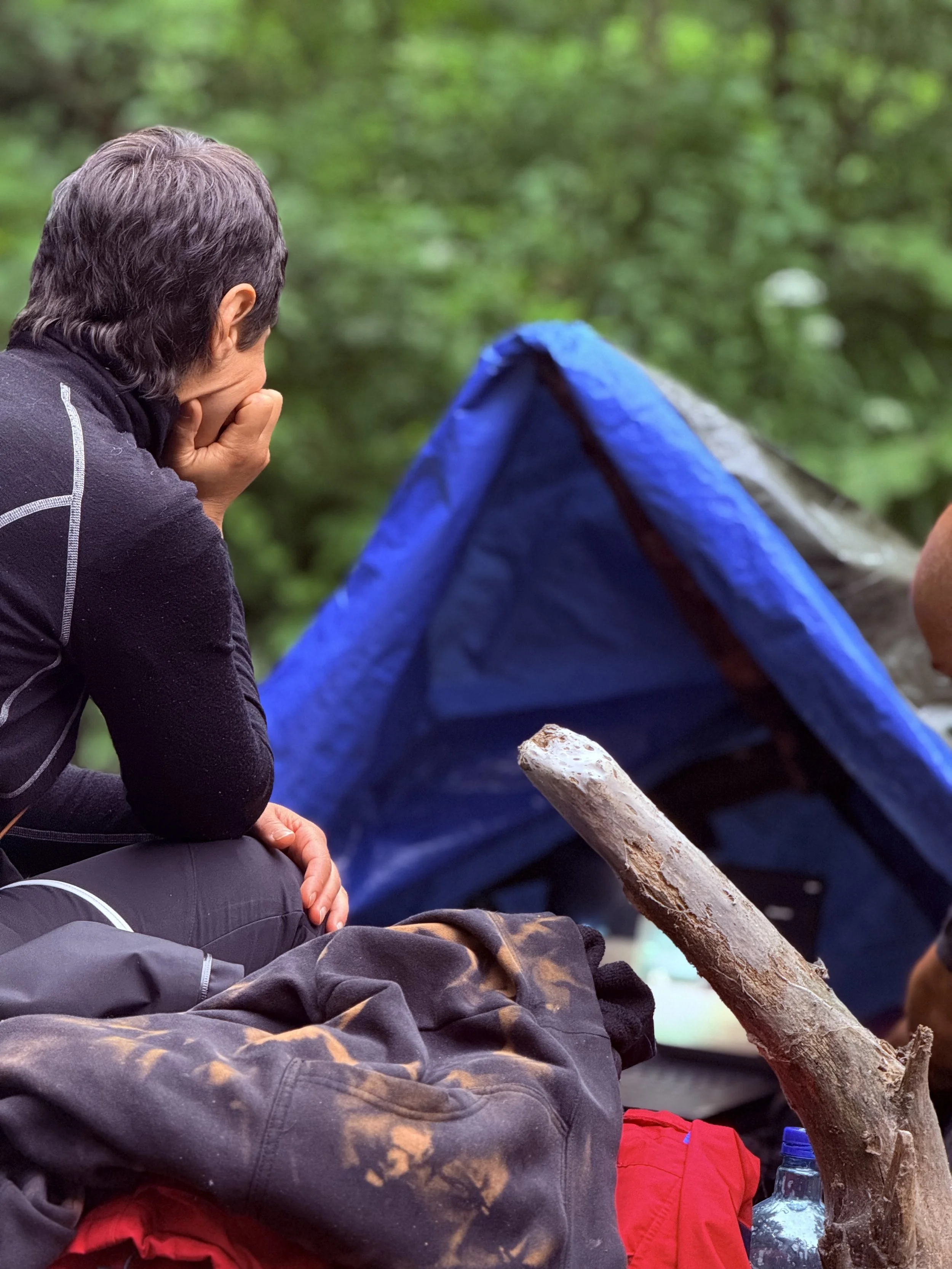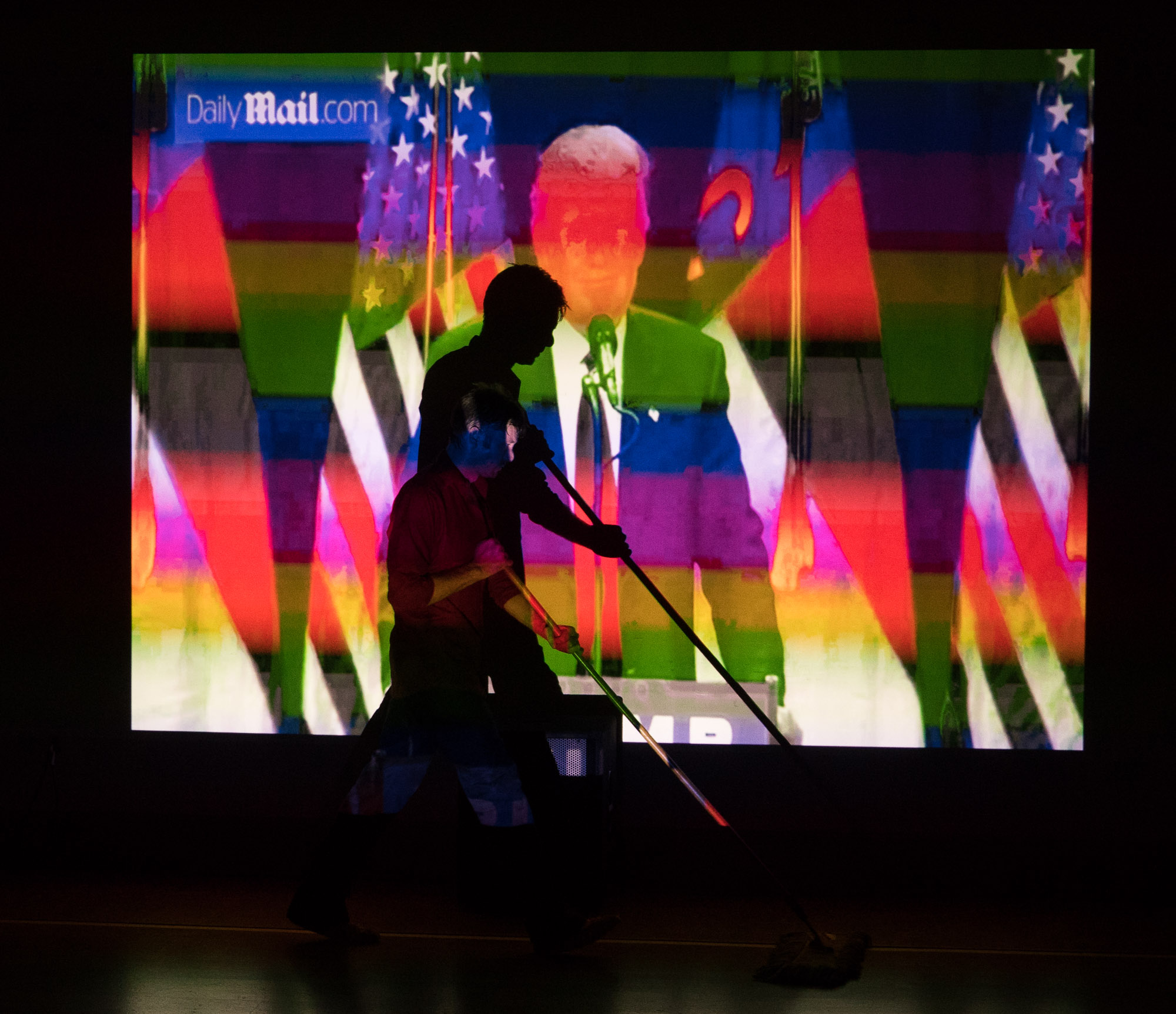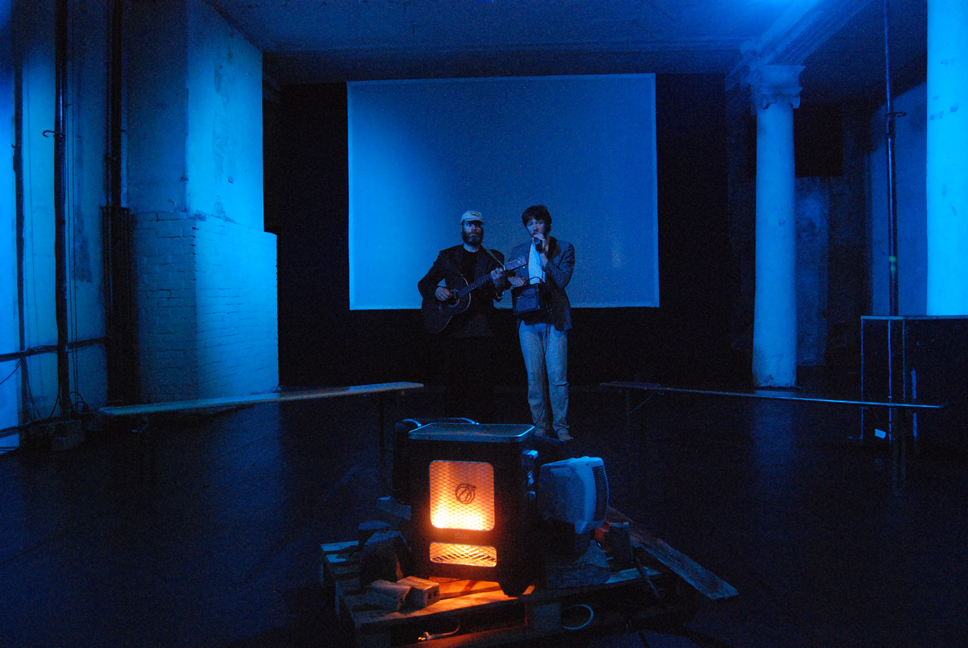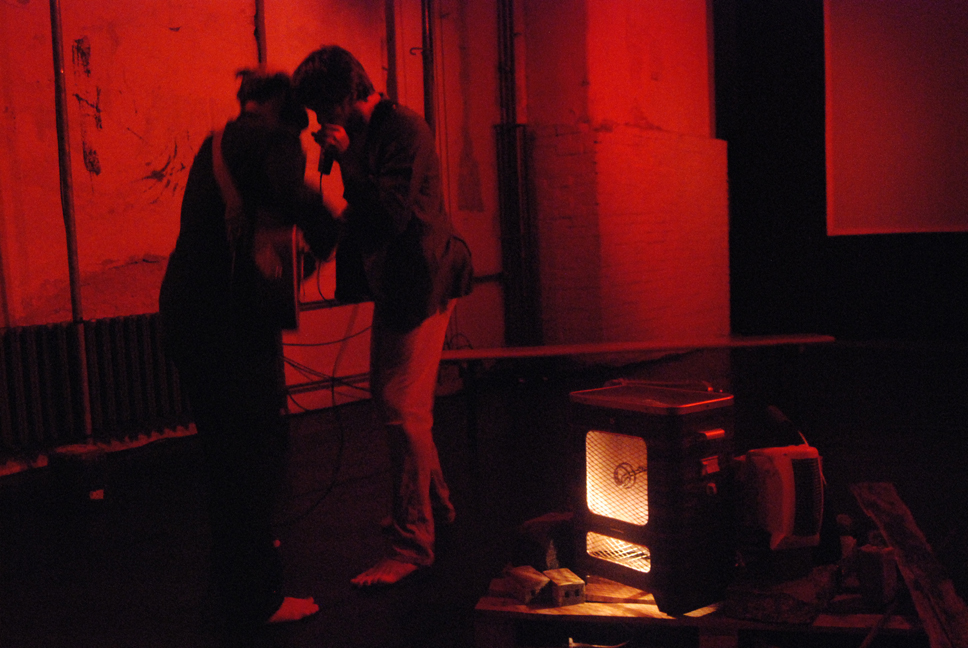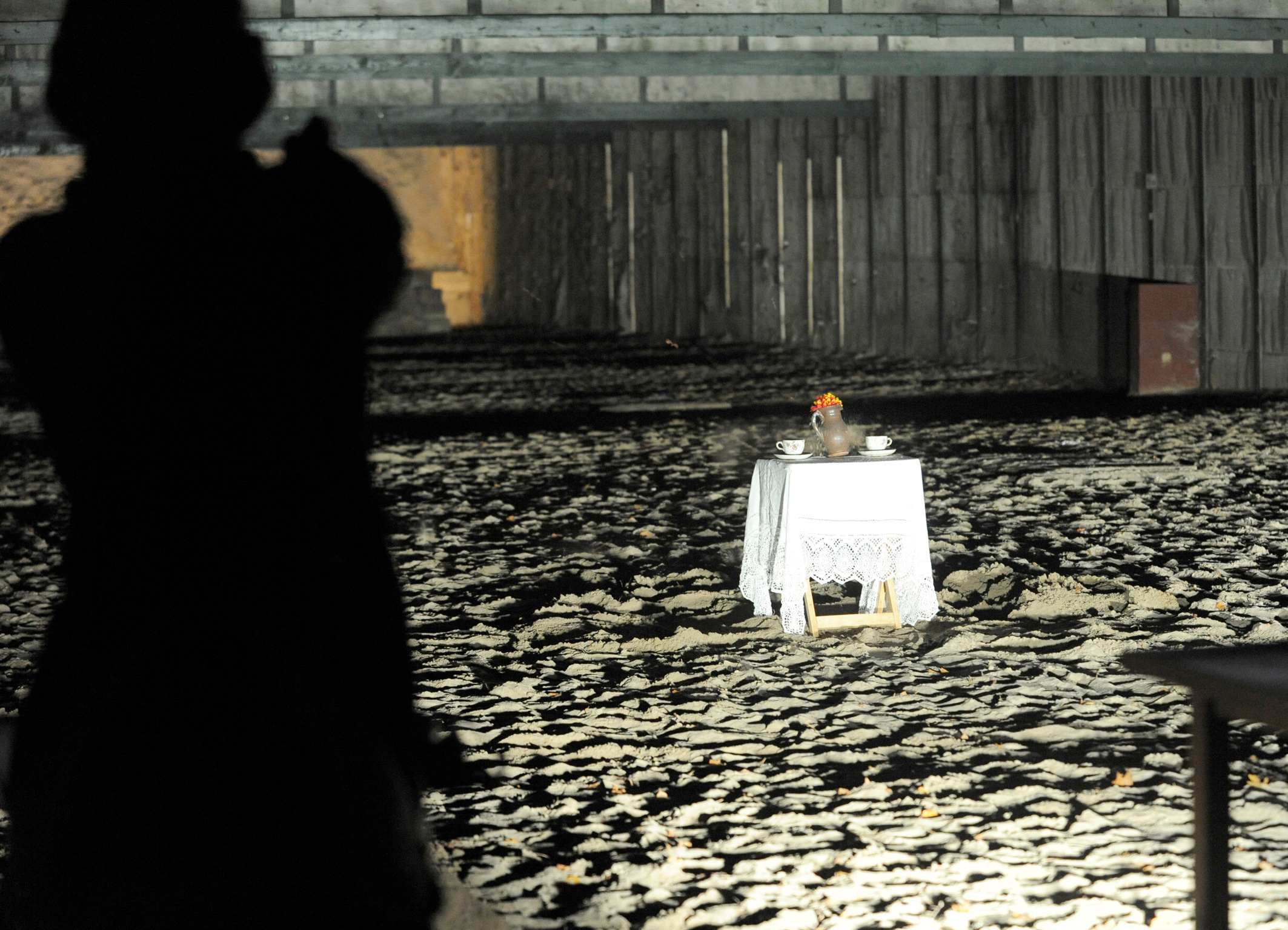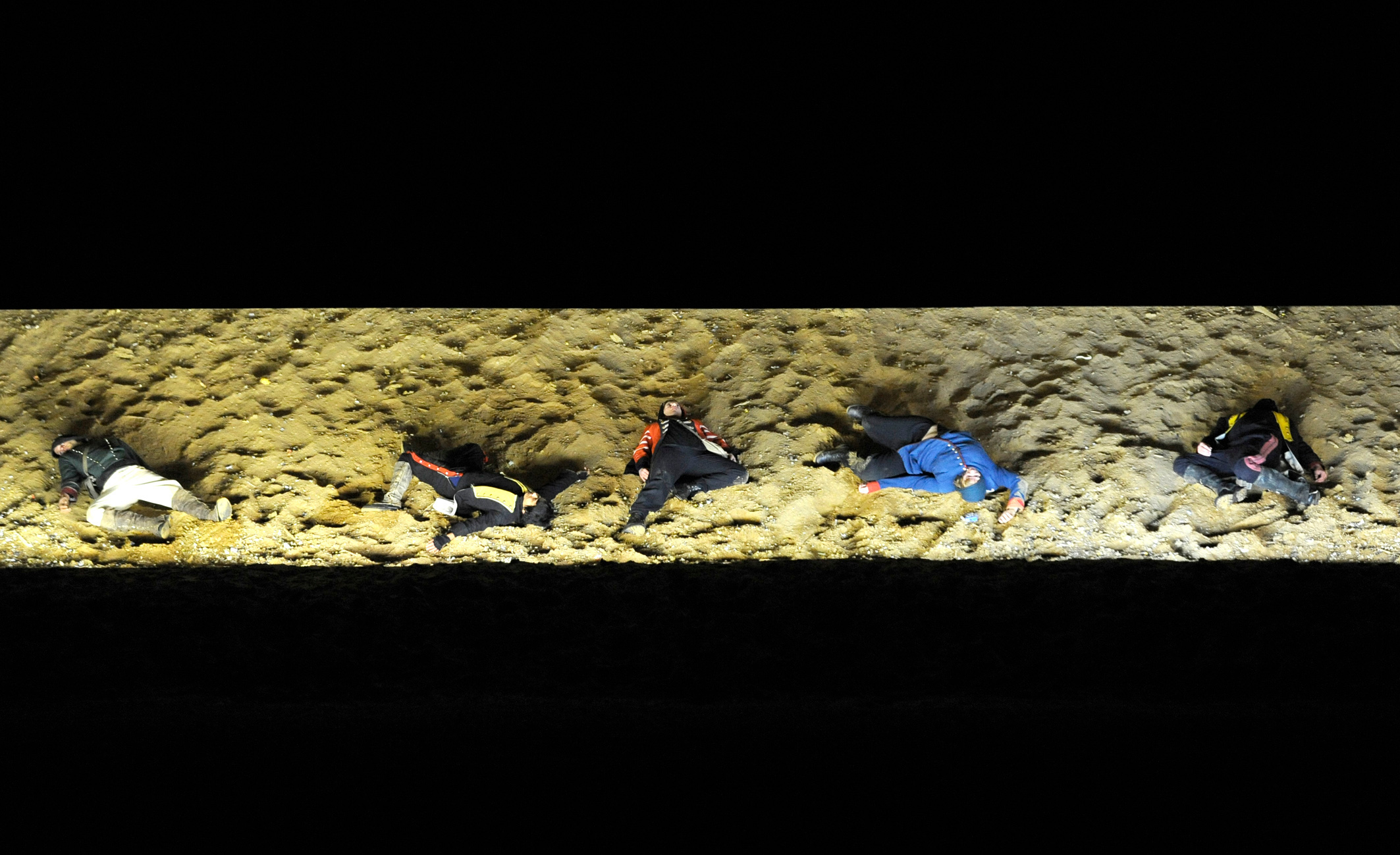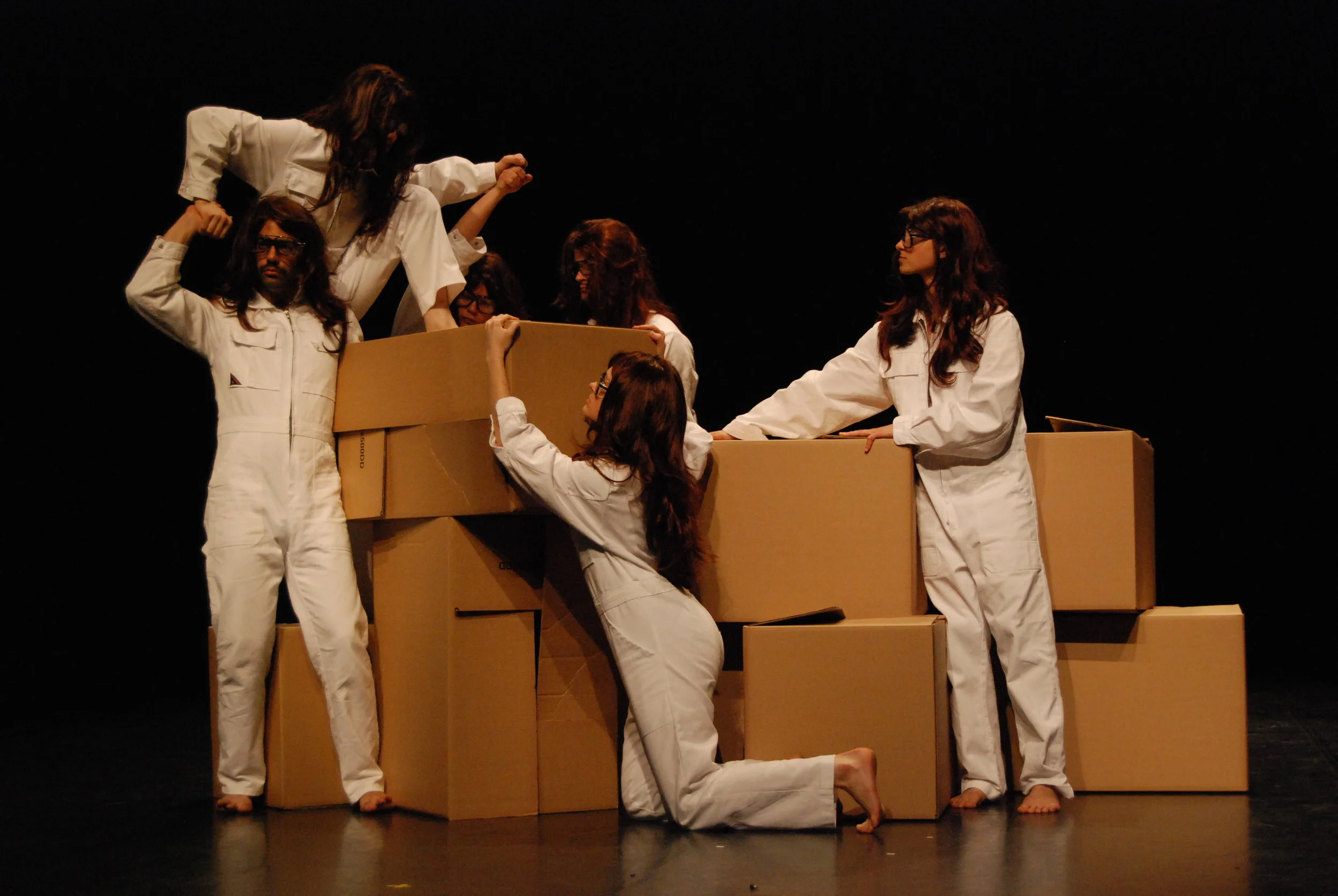
"...[the works are] lightning fields for pure perception and emotional response. They are vivid, full of stuff, but endlessly open. They prove, time and again, that despite the allure of beautifully embroidered fantasies, the body itself is more than enough." - INDYWEEK
How To Be A Visitor
Photo: Anna Maynard
“…remarkable…intricately layered…captivating….”
- Cultural Voice of North Carolina
HOW TO BE A VISITOR (2025).
How To Be A Visitor is a collage of sound, image, dance, and poetry, comprising three separate live performances happening simultaneously on three continents. The performances have been developed in response to the same set of prompts, yet each performance is crafted differently according to the choices of locally based artists in conversation: Jassem Hindi in Norway, Frank Mugisha, Edgar Kanyike and Sebulime Davis in Uganda and Tommy Noonan, Cortland Gilliam, Caitlyn Swett and Carl Faber in the United States. Each of the three performances has its own local audience with the power to both witness and to be witnessed by the others through the lenses of live cameras, mixed into a single real-time feed, and broadcast to nearly 500 people in all three locations at once.
Much like our current worlds, this is a complex and fragile situation, prone to disruption and instability. As a practice of dancing with that reality, our aim is not to make How To Be A Visitor a seamless nor a uniform experience. Calls may be dropped, audio might feed back, electrical grid disruptions are a very real possibility. And so how do we practice our attempts of togetherness and connection in the reality of such uncertainty? How do we live in the gaps, the spaces, and the glitches?
Even if and when the technology works seamlessly (which it never does), and we hear one another's words exactly as they are spoken or see one another’s movements and gestures exactly as they are performed, how do we know we’ve had even remotely the same experience as the person sitting next to us? What about the person sitting across an ocean from us? Context is everything, but at what distance and under what conditions does context change? How do we inhabit what we perceive as the spaces between here and there, me and you, or even me and myself?
Of course such questions cannot be answered. But one can choose to grapple with them or not. This project is that grappling. How To Be A Visitor was initiated as a conversation between artists, each of whom live such questions in different ways. Whether moving continuously across national, cultural and linguistic boundaries, living an experience of displacement from an ancestral land, or even being treated as a visitor in a place you call home, each artist in this project has developed words, movements and sounds in response to the prompt: how does the role(s) of Visitor live in your body?
What we in this project agree upon is that there is value in our individual and collective grappling, because there is value in the attempt to inhabit the gaps, the spaces, the uncertainty of not fully understanding. So we offer to our audiences this opportunity to wade into and to trouble being a visitor alongside us - an exercise that is full of grief, joy, rage, and everything in between - and to practice what it means to traverse and accompany an experience of Otherness across the ocean, in the room, or within our very own bodies.
Concept:Tommy Noonan
Creation and Performance: Cortland Gilliam, Jassem Hindi, Edgar Kanyike, Frank Mugisha, Tommy Noonan, Caitlyn Swett
Technology design & live video mixing: Carl Faber
Text: Cortland Gilliam, Jassem Hindi, Edgar Kanyike, Frank Mugisha, Tommy Noonan, Caitlyn Swett
Produced by: Culture Mill
Production manager: Myra Weise / Proxemic Media
US sound score: Caitlyn Swett with Tommy Noonan
US lighting design: Carl Faber
US dramaturgical assistance: Murielle Elizeon
US photography installation: Rode Díaz
Uganda sound score: Rako Gynius
Uganda costume design: Mugisha Frank
Uganda production assistance: Hassan Onegurwoth
Special Thanks: Thami Hector Manakehla, Mia Habib, Murielle Elizeon, Jodee Nimerichter, Yvonne Mendez, Stacy Harden, Heather Lagarde, The Haw River Ballroom, Mary Harwood & Lori Oshrain & their truck, Cie. María La Ribot, Snorre Sjønøst Henriksen.
How To Be A Visitor by Culture Mill is commissioned by ADF with support from the Doris Duke/SHS Foundations Award for New Works. How To Be A Visitor was created in 2024 at The Yard, an artist residency and performance center dedicated to contemporary dance and related arts. This project is supported in part by the National Endowment for the Arts and the Robert and Mercedes Eichholz Foundation.
Performances:
Premiere: 21 & 22 June, 2025 — The Rubenstein Arts Center at the American Dance Festival in Durham, North Carolina.
Photos: Anna Maynard, Nicolai López, Julian Niyonshuti

Assembly
Assembly (2022).
Creation, lighting, sound and performance: Tommy Noonan
Embodied Dramaturgy: Murielle Elizéon
Interactive Installation: Liam Al Zafari
Assembly is iterative, and changes according to each place in which it is performed. It carries with it an installation by the Palestinean scenographer Liam Al Zafari, which displays fragments and traces of other iterations that have come to inform it up until this moment.
Assembly grows out of another process called Eclipse, which took place at Carolina Performing Arts at the University of North Carolina in Chapel Hill, between 2020 and 2022 and is a response to the score: How to. A Score by Norwegian/Israeili choreographer Mia Habib.
Eclipse brought together a diverse group of multi-disciplinary artists, activists and Restorative Justice specialists in a place where the weight of history and White supremacy still lands perceptibly (and differently) on different bodies. In Eclipse, we formed as a group of 10, asking ourselves how to assemble together, in difference, in that place – how to build together, what to build together, or whether this is even possible.
In that project, I was in the role of co-facilitator with Murielle Elizéon – Eclipse is very much a product of our work together. I brought with me tools and knowledge from my experience as a choreographer, a dancer and a community organiser. And yet, more importantly, I was in the role of student. Our group contained an incredible array of humans, carrying with them profound tools and practices, as well as embodied and ancestral wisdom – much of which I am still only beginning to grasp.
Contiguous to this process, How To. A Score was an invitation from Mia Habib that provided a framework for my learning. In the score I found material to bring to my community of Eclipse, and in it I also found methods to frame my individual learning in the form of a new artistic process.
The result of this process: Assembly, stands as its own performance-practice hybrid – one which adapts to each iteration in a different place, and each piece of land beneath that place. Its themes vary according to the given historical, economic and political conditions connected to the land where Assembly is performed, but it always names the complex relationship between land, economy and body in the place called “Here”, and asks audiences to inhabit that place through their own bodies. Though it continues to transform, Assembly carries with it the seed of Eclipse, and remains in communication with five other solos from five artists around the world. This production in Greensboro is made possible by a “Trailblazer Award” given to Culture Mill by Dance Project NC, and with additional support from Greensboro Project Space.
As I bring Assembly to a different context, Here, I remain deeply indebted to the community from whom I am still learning, and from whom I am borrowing and adapting scores and practices: Murielle Elizéon, Val Hanson, CJ Suitt, Ay-Jaye Nelson, Jasmine Powell, Paura Heo, Danny Cowan, Katie Nunn, Caitlyn Swett, Myra Weise, Monet Marshall, Mia Habib, Filiz Sizanli, Julie Nioche, Thami Hector Manekehla and Thais de Marco.
Performances
Premiere: June 2022 — TAU: Stavanger, Norway.
ADDITIONAL SHOWS
October, 2022: Greensboro, North Carolina.
May 2023: Oslo, Norway
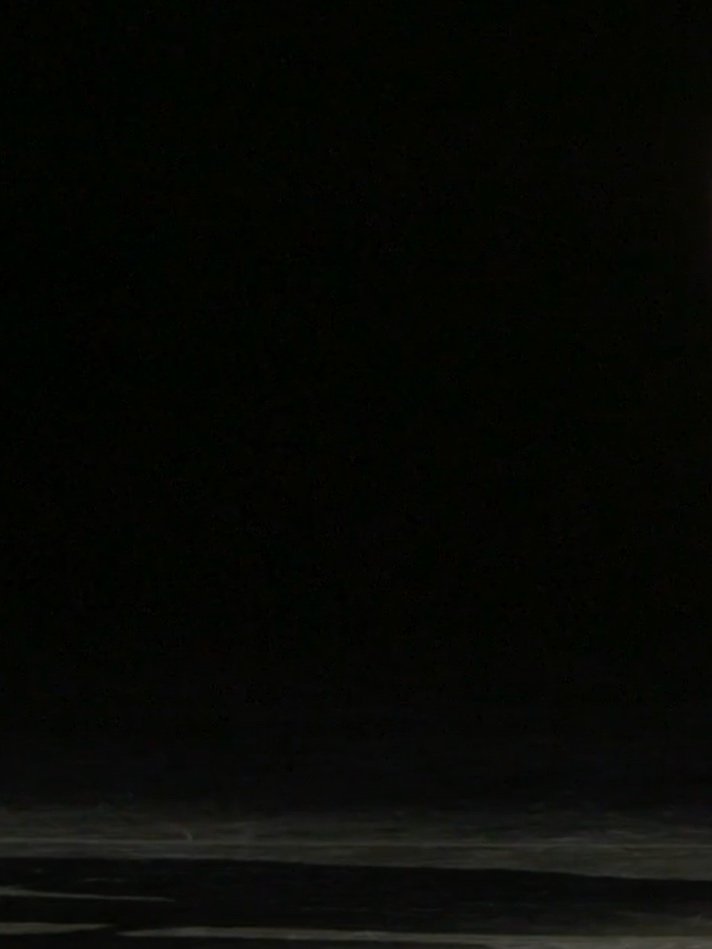
Bodystorm
Bodystorm (2022).
CULTURE MILL WAS COMMISSIONED BY SALT LAKE CITY-BASED RIRIE-WOODBURY DANCE COMPANY TO CREATE A NEW WORK TITLED BODYSTORM. THE WORK FOCUSES ON PHYSICAL RENDERING OF AUTOBIOGRAPHICAL MATERIAL, AND IS BE INFORMED BY INTERACTIONS BETWEEN DANCERS IN THE COMPANY AND LOCAL PEOPLE LIVING WITH PARKINSON’S DISEASE. BODYSTORM WAS CREATED IN COLLABORATION WITH PARIS-BASED CHOREOGRAPHER CLINT LUTES, AND PREMIERED IN SALT LAKE CITY ON APRIL 28TH, 2022 BEFORE GOING ON TOUR.
Concept & Creation: Tommy Noonan, Murielle Elizéon and Clint Lutes
Premiere: April, 2022: Salt Lake City, Utah

Eclipse
Eclipse was an effort to temporarily eclipse the power projected by our public spaces. Centering on the labor and legacies of Black and indigenous people, this community care ritual invited the public to practice assembly and build belonging through the body.
ECLIPSE (2022).
When history is written by and for those in power, how do we access the true complexity of our past? Through Eclipse, Culture Mill sought to engage this question and lead the public to a new understanding of the familiar.
In Eclipse, Culture Mill brought together audiences and a cohort of local artists to build an imaginary monument using bricks and bodies. Audience-members-turned-participants were invited to join a choreographic practice that used restorative justice practices and embodiment tools to investigate how assembled bodies and stories could form an architecture of togetherness denied by buildings and other spaces on Carolina’s campus.
Together with the project participants, Culture Mill developed a method for somatically learning place that relied on a sensory connection with history. Eclipse was a site-specific investigation of the land CPA’s CURRENT ArtSpace + Studio now sits on. Informed by Geeta Kapur’s To Drink from the Well: The Struggle for Racial Equality at the Nation’s Oldest Public University, the artists used bricks as a material connection to the enslaved people who once made bricks from Chapel Hill’s red clay—the very bricks they used to build the 8 surviving original structures on campus.
Learning new facts about a known place fundamentally challenges our perceptions of that place, as well as other spaces in our world. What stories lie buried beneath earth and time? How can spending time in our bodies with others in these locations lead us to fresh insights? Eclipse prompted these and other questions throughout its run. The project was both a performance and a practice of community learning. It peeled back layers of time to unearth a hidden history of UNC, Chapel Hill, and the origins of the local Black community. With the help and leadership of the project’s many participants, Culture Mill uncovered a buried past, and strove toward a togetherness we’ve not yet imagined.
Eclipse was a Culture Mill production. This work was commissioned by Carolina Performing Arts at the University of North Carolina at Chapel Hill. The presentation was supported in part by the Robert and Mercedes Eichholz Foundation. Culture Mill, Inc. was a 2020 NDP Finalist Grant Award recipient. Support was made possible by the New England Foundation for the Arts with funding from the Doris Duke Charitable Foundation and the Andrew W. Mellon Foundation to address sustainability needs during COVID-19 and in support of Eclipse.
Choreography: Murielle Elizéon and Tommy Noonan
Project Development and Facilitation: Murielle Elizeon, Val Hanson, Tommy Noonan & CJ Suitt
Costume, Setting and Visual Design: Sarah Marguier
Lighting Design: Carl Faber
Dramaturgy: Alexandra Ripp
Credits: Eclipse was a Culture Mill production. This work was commissioned by Carolina Performing Arts at the University of North Carolina at Chapel Hill. The presentation was supported in part by the Robert and Mercedes Eichholz Foundation. Culture Mill, Inc. was a 2020 NDP Finalist Grant Award recipient. Support was made possible by the New England Foundation for the Arts with funding from the Doris Duke Charitable Foundation and the Andrew W. Mellon Foundation to address sustainability needs during COVID-19 and in support of Eclipse.
Performances
April, 2022 — The CURRENT Artspace + Studio at Carolina Performing Arts, Chapel Hill, NC
ADDITIONAL SHOWS
April 2025: The CURRENT Artspace + Studio at Carolina Performing Arts, Chapel Hill, NC

They Are All
“It's about bodies rejoicing within limits rather than despairing beyond them. It's about age and time moving in and out of phase, now concordant, now grinding. It's about how each person's reality is scaled to the spread of their arms, the length of their stride. It's about the beauty of the possible and the possibility of transcendence.” - INDYWEEK
They Are All (2019).
They Are All is both an original dance performance and a project centering the role of artistic technologies in seeding the ground for new scientific research. It is a multi-generational collaboration between choreographers, professional dancers, amateur dancers, data informaticists, researchers in physical therapy, neuroscientists and people living with Parkinson’s Disease.
For nearly four months, Murielle Elizéon and Tommy Noonan led workshops in Durham, NC, exploring the relationship between cognitive engagement, interpersonal relationship and movement. The workshops made use of improvisational movement as well as mindfulness and somatic tools often employed in contemporary dance practice, in order to foster a common experience in which dancers, medical researchers and people with Parkinson’s participated on equal terms. The workshops happened concurrently to a rehearsal and creation process for a new dance work. As the project progressed, rehearsals and workshops influenced one another, eventually dovetailing into a single creative process directed towards these performances of They Are All during the American Dance Festival’s 2019 season.
The scientific hypothesis of the project is that not only the tools and physical techniques employed in the creation process generate beneficial outcomes for people living with Parkinson’s Disease, but that also the cognitive-emotional engagement required to participate in a movement-based creative process itself further enhances those outcomes.
They Are All is therefore not a project “about” Parkinson’s Disease, nor is it a statement about the relative abilities or achievements of those members of the cast living with Parkinson’s or traumatic brain injuries. It is a dance work that is the result of a carefully crafted set of conditions and methods, peopled by diverse bodies and relationships on stage: many of the performers are caregivers, lovers, spouses, parents, former teachers, old friends or near strangers to one another -- a network of related bodies that have their own stories, complex histories and unknown futures, together and apart.
Concept & Creation: Murielle Elizéon and Tommy Noonan
Creative Assistance: Angelika Thiele
Choreography and Performance: Annie Dwyer, Murielle Elizéon, Tommy Noonan, Angelika Thiele, Matthew Young
Additional performers: Mary Cantando, Vivian Ford, Dawn Hintgen, Julie Insley, Paul L. Molina, Pamela B. Moore, Cathy Moore, David Murray, Ruth Zweidinger
Stage assistance: Maya Noonan
Music composition and performance: Shana Tucker
Additional music: Fennesz and Elvis Presley
Costumes and stage design: Sarah Marguier
Lighting design: Carl Faber
Video support: Alex Manass
Production management: Gil Paon
Culture Mill Program Assistant / Production support: Lauren Monroe
PT and neuroscience advisor: Dr. Jeff Hoder / Duke University
Biometric data and informatics advisor: Dr. Robert Furberg / RTI International
Music therapy advisor: Allie Chandler / Ossia Music Therapy
Mentorship: Dr. Glenna Batson, Monica Gillette, Clint Lutes
Special thanks: Julia Pleasants, Julian Almeida, Bridget Ryan and the ADF staff, John Colba and the Rubenstein technical staff, Ben Krall, Mindy Oshrain and Steve Jaffy, Carol Vollmer, Elisabeth and Simon Barbier, The Culture Mill Sustainers, Studio Marie Lenfant, Emily Miller, Liliane Dotta.
They Are All is a production of Culture Mill and an original commission by the American Dance Festival with major support from the William R. Kenan Charitable Trust, sponsored by RTI International and supported in part by Studio Marie Lenfant (Le Mans, France).
Performances
Premiere: 25th of June, 2019 — The Rubenstein Arts Center at the American Dance Festival in Durham, North Carolina.
ADDITIONAL SHOWS
26th of June, 2019: American Dance Festival, Durham, North Carolina.

Je Suis Belle
Je Suis Belle (2017).
Je suis belle is a dance installation commissioned by the North Carolina Museum of Art in November, 2017 in honor of the 100 Anniversary of his death. Focusing on Rodin’s unparalleled ability to infuse life and tension into his renderings of the human form, the work also explores the artist’s relationship with his lover and collaborator, fellow sculptor Camille Claudel. It imagines Rodin’s sculptures as fluid living works which provide insight into the dynamic human relationships that influenced their creation.
Concept & Direction: Murielle Elizéon
Created by: Murielle Elizéon and Tommy Noonan
Sound composition and performance: Ben Trueblood
Performances
Premiere: November, 2017 — The North Carolina Museum of Art
ADDITIONAL SHOWS
8 Additional Shows in November, 2017 at the North Carolina Museum of Art
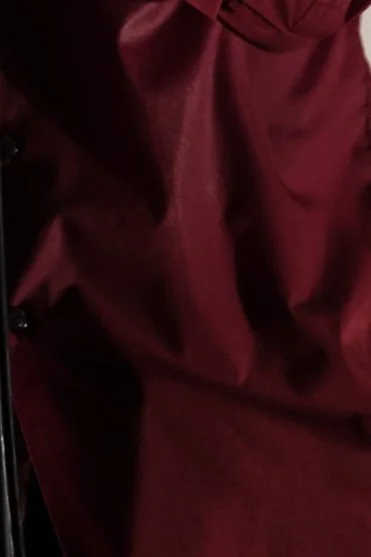
John
"...remarkable…the images and emotions evoked...will remain seared in my memory, and, no doubt, in the memories of others who saw it...masterful and effective...a tour de force…” - Susan Broili of THE HERALD SUN
John (2016).
“John” is a new 1-hour solo by Tommy Noonan, based in part on “The Illustrated Biography of John Travolta”, as well as on figures such as TV audience warmup-artist Jay Flats, motivational speaker Tony Robbins and other various televangelists, late-night infomercial personalities, talking heads, entertainers and politicians. The performance, which utilizes a combination of text, dance and video on a minimal stage space, lays bare the bond between audience and performer. Noonan crafts an ambiguous bargain with his spectators, who are trained to play their ‘role’ as an audience in an unsettling yet familiar relationship with the figure in front of them. Rather than representing either a true or a false guru, “John” explores the complex relationship between superficiality and depth, belief, cult of personality, race, gender and the performance of public figures, as well as our relationships both towards them and towards ourselves in America today.
Concept, creation, performance, lighting, stage, video and sound design: Tommy Noonan
Text Montage: Tommy Noonan (from “John Travolta: An Illustrated Biography” by Suzanne Munshower, “Whitney Houston Live”, “Interview with Jack Ma”, “Trainspotting” by Irvine Welsh, “Boyhood” by Richard Linklater, “Donald Trump Rally in Charlotte, NC: August, 2016”, “John Travolta on ‘Enough Rope with Andrew Denton’”).
Music and Sound Montage: Tommy Noonan (from “Nature Boy” by Nat King Cole, “You Should be Dancing” by The BeeGees, “Stayin’ Alive Remix” by DJ Dash, “Nelly vs. BeeGees Mashup” by Lobsterdust, “Stayin’ Alive Remix” by K Theory and TYR, “The Perfect Human” (1967 film) by Jorgen Leth).
A production of Culture Mill
Performances
Premiere: 15 October, 2016 in Durham, North Carolina.
ADDITIONAL SHOWS
19th and 20th June, 2017: American Dance Festival, Durham, North Carolina.
Photos by Tim Walter

What doesn't Work
Photo by Maurice Korbel
What Doesn't WOrk (2013)
Three people devote themselves to an impossible undertaking: the creation of a symphony of movement without composition. They shape the irrational, the secret and the spontaneous with their bodies, wringing a landscape of physical memories out of every moment. In this intensely physical work, Tommy Noonan, Anja Müller and Murielle Elizéon explore the endless and unlimited possibilities of spontaneous decision, drawing eclectic and surreal forms into a calm room as if every second were both their first and their last.
"What Doesn't Work" is both a performance and an ongoing research. It is an evolving method of anti-composition, in which all emergent forms, patterns and repetitions are welcomed as an archeology of the self. Noonan and Elizéon have built workshops around "What Doesn't Work" for professional performers, amateurs and students at The University of North Carolina at Chapel Hill, Theater Freiburg, Elon University and the American Dance Festival Studios.
Concept: Tommy Noonan
By and With: Murielle Elizéon, Anja Müller, Tommy Noonan
Dramaturgy: Dennis Deter
A production of Theater Freiburg Tanz with support from Cie. Public in Private, Berlin
Performances:
19 & 20 December, 2015: The Carrack Modern Art, Durham, NC
6 & 7 June, 2014: Musounturm, Frankfurt
16, 17, 18 August, 2013: Dock 11, Berlin
31 May, 1, 19, 20, 2013 June: Freiburg
24 May, 2013: Premiere, Freiburg (DE) Theater Freiburg
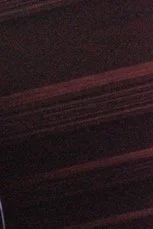
Wilderness
Photo by Eugenio Pedone
Wilderness (2012)
With one guitar and a microphone, two men suggest, inhabit and embody various fantasies of place, isolation and belonging in an imagined desolate dreamscape. Through fragments of possible narratives, they drift in a sometimes violent and sometimes tender relationship to each other and to the audience. "Wilderness" is part music concert, part radio-play, part dance performance and campfire story, wherein two people imagine a world that is both before and after our own.
By and with: Tommy Noonan & Thomas Jeker
Light and Stage: Carl Faber
Costumes: Sarah Marguier
"Wilderness" is a co-production of Theater Freiburg (DE) and Kanton Solothurn (CH), with support from Tanzfabrik Berlin.
performances
8 March, 2013: Uferstudios, Berlin
13 April, 2013: Theater Freiburg (Premiere)
14 April, 2013: Theater Freiburg
7 May, 2013: Theater Freiburg
9 May, 2013: Theater Freiburg
14 June, 2013: Sophiensaele, Berlin
15 June, 2013: Sophiensaele, Berlin
21 June, 2013: Gutleutmatten, Freiburg
October 11, 2013: Dornach (CH)
October 12, 2013: Ausland, Berlin

The Engagement
Photo by Bettina Stoß
The Engagement (2011)
At dusk, an audience rides a bus from the centre of Berlin, Germany to a dark forest on the edge of the city, where 19th century author Heinrich von Kleist shot himself and Henrietta Vogel in a manic suicide pact that bore resemblance to his own final short fiction: "Der Verlobung in Santo Domingo". In this forest, the audience is led to a weapons testing range, where they encounter a bizarre troupe of performers who seem to be using live ammunition to tell, or perhaps re-enact both Kleist's final story and his own final hours.
DIRECTION Tommy Noonan
WITH Murielle Elizéon, Bettina Grahs, Georg Hobmeier, Thomas Jeker, Anja Müller, Tommy Noonan
DRAMATURGY Carolin Hochleichter
DRAMATURGY INTERN Luisa Wirth
PERFORMANCE DRAMATURGY Georg Hobmeier
MUSIC Thomas Jeker
VISUAL DESIGN Moritz Müller
COSTUMES Violaine Thel
PRODUCTION MANAGEMENT& PR Doreen Markert
ASSISTANCE Sarah Marguier
Produced by Maxim Gorki Theater Berlin within the Kleist Festival 2011, funded by the German Federal Cultural Foundation within the Kleist Year 2011. In cooperation with gold extra, Studio Blixa 6, DEVA Berlin, Waldrestaurant DEVA Treff, Kunsthaus Tacheles and enthusiastic encounters.
performances
6, 11, 12, 13, 18 & 20, November, 2011: Berlin, Germany

labyrinth
Photo by Maurice Korbel
Labyrinth (2010)
The audience is given earphones and an mp3 player, in which a voice guides them to a public space, such as a meadow, a street-corner or a city square. There the voice guides their attention to elements of the world around them, some natural elements of the landscape and social environment, and others enacted by performers. It becomes unclear which is which. In this mix of "found" and "performed" actions, the audience begins to look at their familiar world as an unreliable blend of truth and fiction.
Concept: Tommy Noonan
Creation: Tommy Noonan, Georg Hobmeier, Murielle Elizeon
With: Various amateur groups from the city of Freiburg, Germany; the city of St. Pölten, Austria; the city of Buenos Aires, Argentina
Produktion: Festspeilhaus St. Pölten (A), Landesverband Baden-Württemberg, Stadt Freiburg, pvc-Tanz Freiburg Heidelberg
Performances
Mai, 2011: St. Pölten, Austria
April, 2011: Freiburg, Germany
September, 2010, Buenos Aires, Argentina
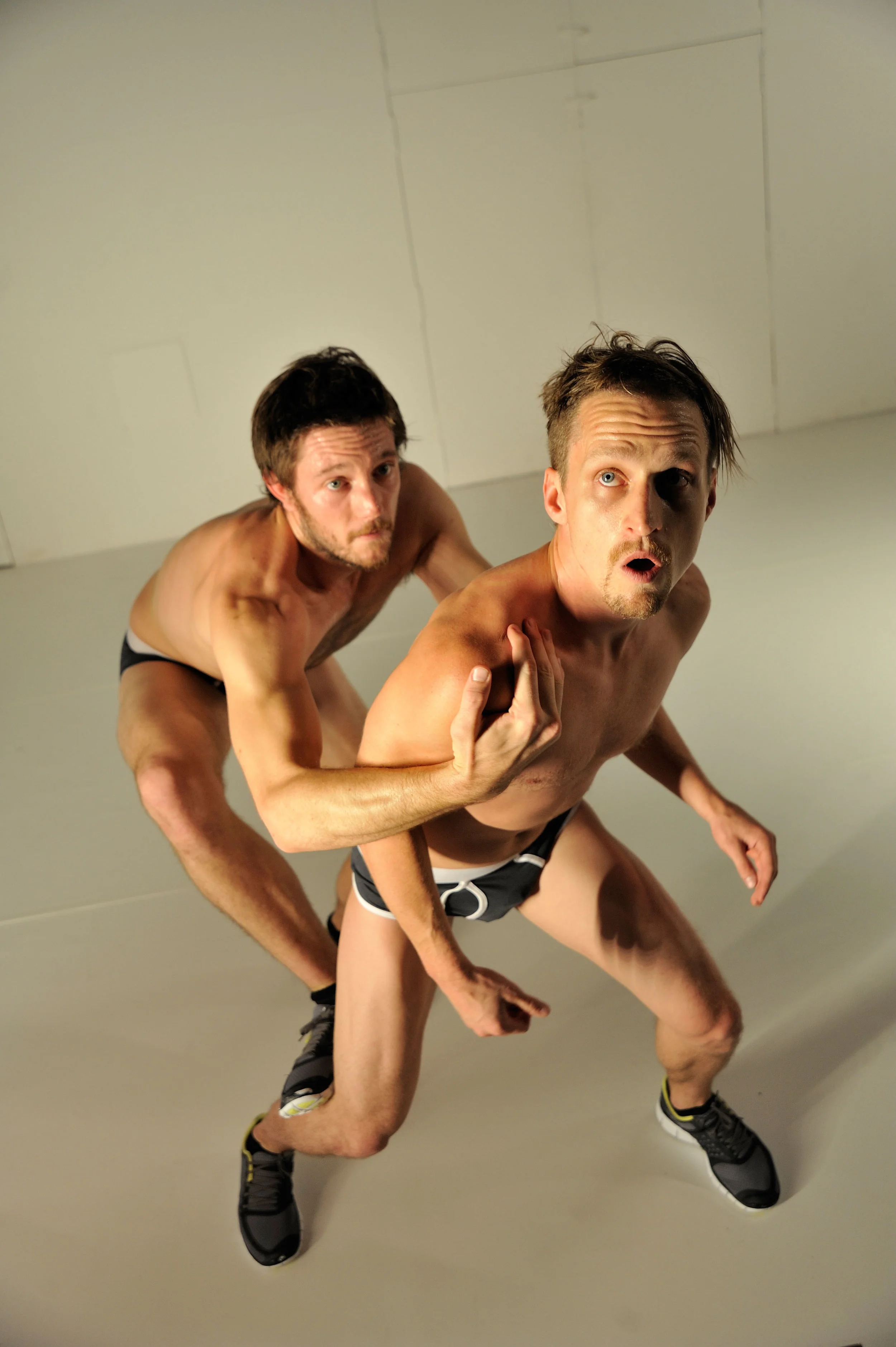
Brother Brother
Photo by Maurice Korbel
brother Brother (2009)
In this evening-length duet, two men are on an empty stage, their bodies moving in and out of synchronicity, proximity and interactions both intimate and violent; images of possible relationships, histories and futures are projected onto the empty walls that confine them to the space.
Choreography and Performance: Clint Lutes and Tommy Noonan
Light Design: Carl Faber
Stage and Costume: Moritz Müller
Produced by: pvc-Tanz Freiburg-Heidelberg
performances
PREMIERE
October 16, 2009 | pvc Freiburg
8 pm | Kammerbühne Stadttheater Freiburg
ADDITIONAL SHOWS
October 23,25 – 8pm | Kammerbühne, Freiburg
November 5,8 – 8pm | Zwinger 1, Heidelberg
November 15,21,29 – 8pm | Kammerbühne, Freiburg
December 12,13 – 8pm | Tacheles, Berlin
******2010******
February 26 – 7:30pm | Box Theater – Festspielhaus St. Pölten, Austria
April 2-4 – 8:30 pm | DOCK11 Berlin
April 8,9 – 8pm | Kammerbühne, Freiburg
June 19 | Kammerbühne, Freiburg
December 13 | Kammberbühne, Freiburg
******2011******
June 25 | Montpellier Danse/Mouvement Sur la Ville, Montpellier
November 29, 30 | Globalize Cologne, Cologne, Germany
December 2, 3, 4 | Cabaret Inestable, Valencia, Spain
******2012******
March 9 | Cité Danse, Grenoble, France
March 29, 30, 31, April 1 | DOCK 11, Berlin, Germany
******2013******
April 5 | L’Abaeicite, Corbigny, France
October 2,3 | Mac Orlan – La Becquee Festival, Brest, France
October 17,18,19 | Studio Marie Lenfant, Le Mans, France
******2014******
December 18,19,20 | The Carrack Modern Art, Durham, North Carolina USA

Tout Court
Photo by Maurice Korbel
Tout Court (2008)
Seven performers, dressed in identical jumpsuits with identical wigs, attempt to climb a room full of cardboard boxes. As they fall, hilarity ensues, and the boxes are slowly reduced to rubble. Eventually, the performers are forced to use one another's bodies to continue the ascent. But to where are they climbing? Why do they insist? As the falls continue, laughs give way to awkward silences, and a darker struggle emerges that places the audience in a tenuous balance between slapstick and pained empathy.
Concept and Direction Tommy Noonan (USA)
Creation and Performance António Pedro Lopes (Portugal), Jean-Baptiste Veyret-Logerias (France), Mia Habib (Norway), Gui Garrido (Portugal), Begüm Erciyas (Turkey), Monica Gillette (USA), Murielle Elizéon (France)
Stage and Costume Franziska Jacobsen (Germany)
Production: pvc-Tanz Freiburg-Heidelberg (Germany)
Performances
Arcadi, Paris: - Feb, 2010
Festival Internacional de Danza, Morelia & Zamora, Mexico - July, 2009
Teátro de la Danza, Mexico City: July, 2009
Théàtre de la Cité Internationale, Paris: 2 performances - April, 2009
Zwinger Theater, Heidelberg, Germany: 2 performances - Dec., 2008
Theater Freiburg, Germany: - Nov. - Dec., 2008 (Premiere)

now here
Photo by Maurice Korbel
now here (2007)
A single piece of red thread runs in a room, cutting angles, shapes, spaces devising an imaginary architecture. At each end of the thread, a motor turns, slowly pulling the string in an inevitable process of both reduction and revelation inspired in part by the works of artist Fred Sandback. A performer moves lightly about, facilitating a gradual process that contains as much tension, fragility and longing as a tragedy between two lovers.
Past Performances
Theater Freiburg (Freiburg, Germany): January 2007
Performing Arts Forum, (St. Erme, France): August 2007
Tanz im Auguste: (Berlin, Germany) (cancelled): August 2007
Festival Instances: (Chalons-sur-Salon, France): October, 2007
Theater Freiburg: (Freiburg, Germany) March, 2008
Theater Heidelberg: (Heidelberg, Germany) March, 2008
Kunsthaus Tacheles: (Berlin, Germany) June, 2009
Kunstverein Museum Freiburg: (Freiburg, Germany) November, 2009
Festival Il Faut Bruler Pour Brillet: (Paris, France): September, 2013

